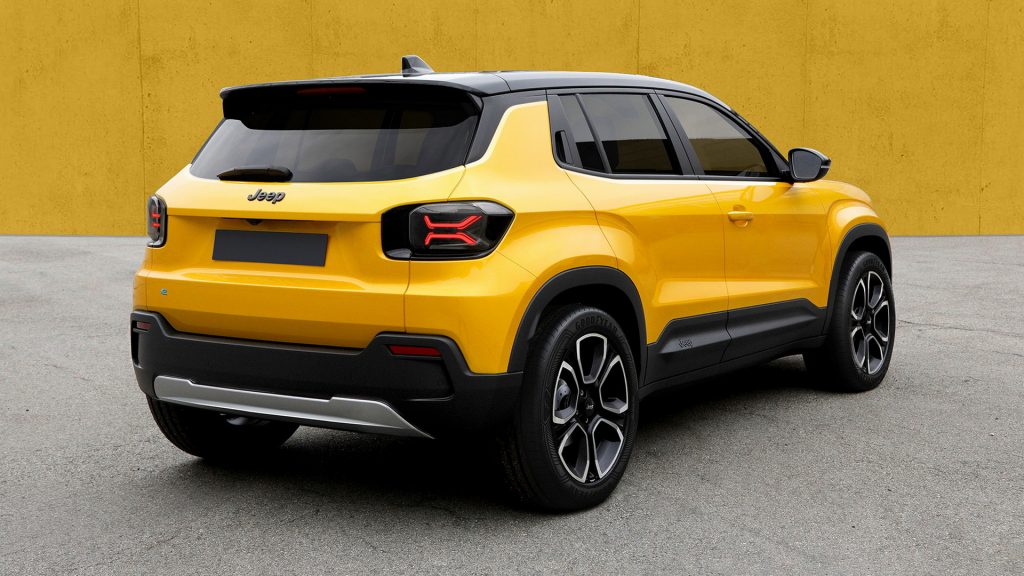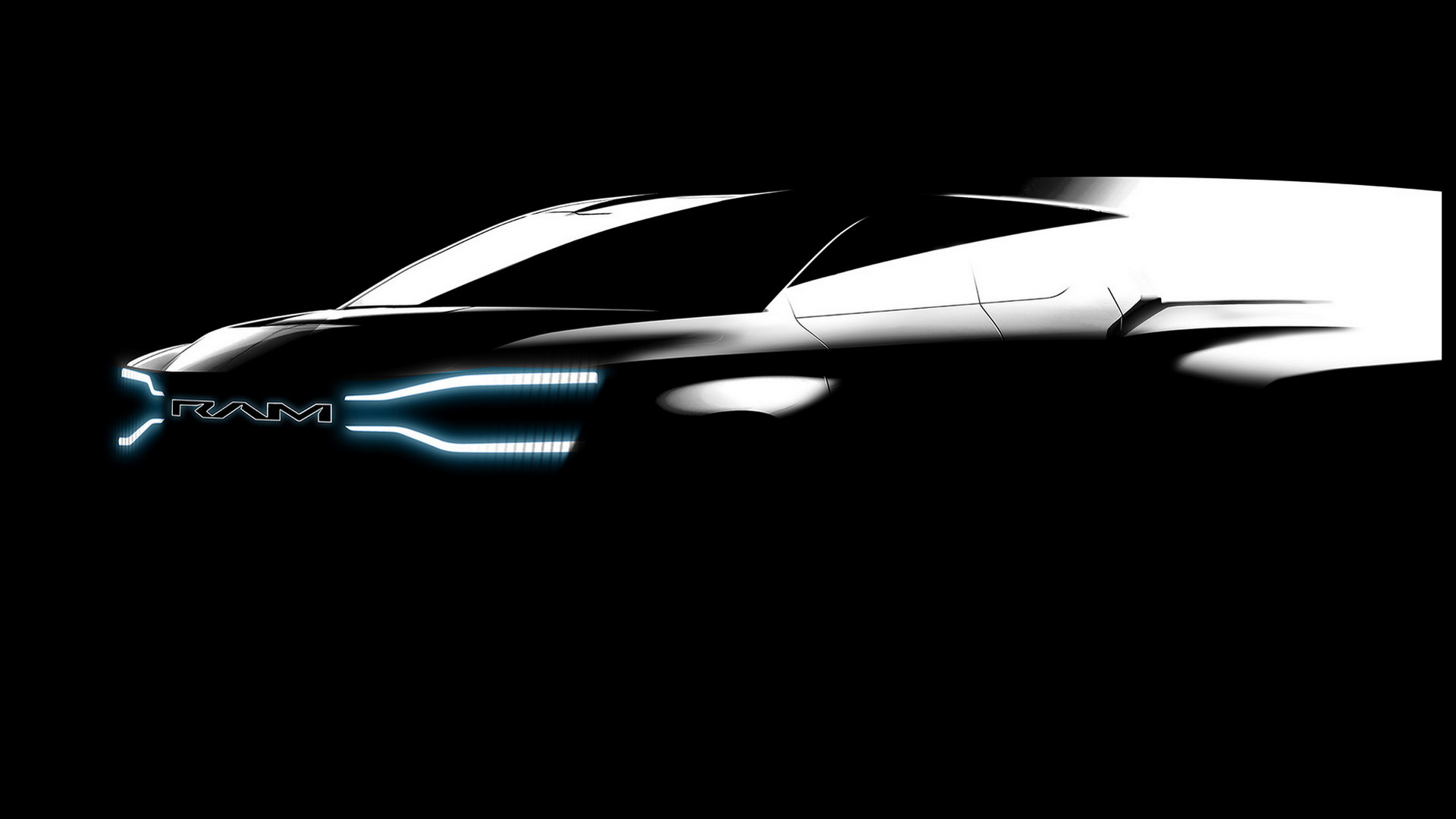Stellantis is making a dramatic shift in its long-term plans for the future. Today, it’s announced more details on the first all-electric Jeep, the first all-electric Ram, and now we’re learning more about its goals for the family of brands. These plans include 25 new all-electric vehicles for the USA, hydrogen fuel cell technology, and selling a lot more vehicles to customers online.
The group outlined its vision of the future in a new blueprint that it’s calling Dare Forward 2030. It includes five major components, namely foundation, tech, care, value, and financials. Each segment was highlighted with specific goals that affect the entire Stellantis group as opposed to just one or two brands.
Financially, Stellantis aims to double net revenue by 2030 while also generating more than $22 billion in free cash flow by the same date. While that certainly sounds aspirational, they’ve laid out some of the methods they plan to use to get there.
Related: Stellantis Targets Wide Expansion Of Subscription Services By 2030
30 Percent of sales to come from online
1Stellantis wants to see 30 percent of sales come from online by 2030. That’s not to say that they’ll be cutting dealers out but online sales could cut overhead to some degree. They also want to increase global net revenue from countries outside of the USA and Europe to 25 percent of total business. Moreover, it hopes $22 billion of that to come from the lucrative Chinese market.
By 2030, the group is hoping to cut carbon emissions by 50 percent. They’ll work towards that goal in many ways including through the release of 25 all-new EVs in the USA and another 50 across the rest of the globe. Stellantis is aiming to sell five million BEVs in 2030 alone.
They also want to turn premium brands like Alfa Romeo into high-margin money makers and that’s alluded to as well. Stellantis specifically states that they expect revenue from those types of brands to increase fourfold.
This is a very ambitious plan and it doesn’t stop in 2030. Stellantis is also committed to reaching carbon net-zero emissions by 2038 so we’re talking about a very long road ahead. Still, it isn’t as long as other brands like GM (2040) and Ford (2050) have set for themselves.





